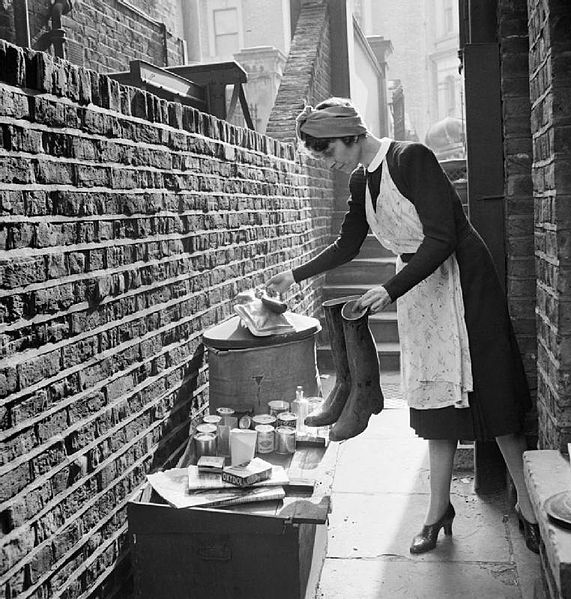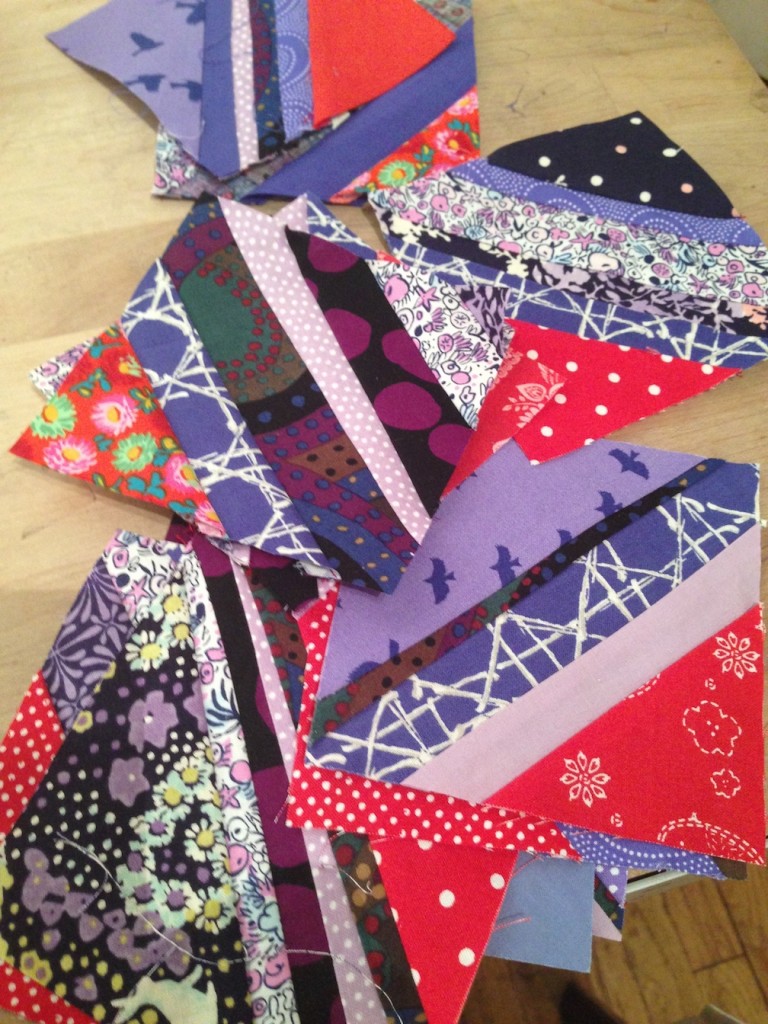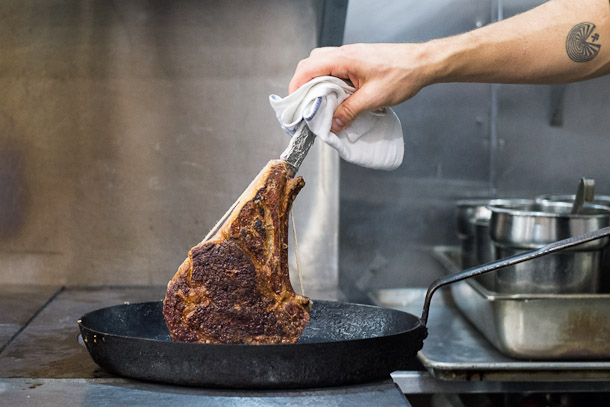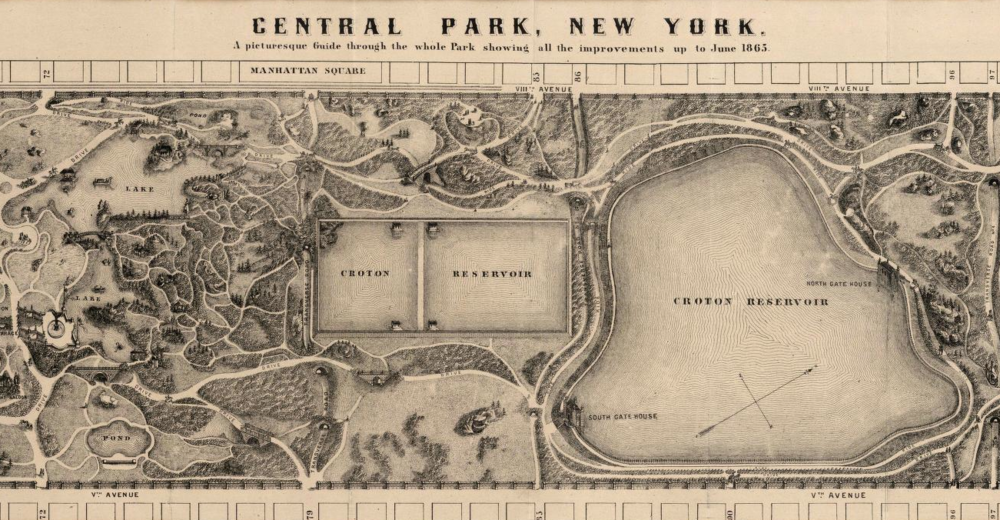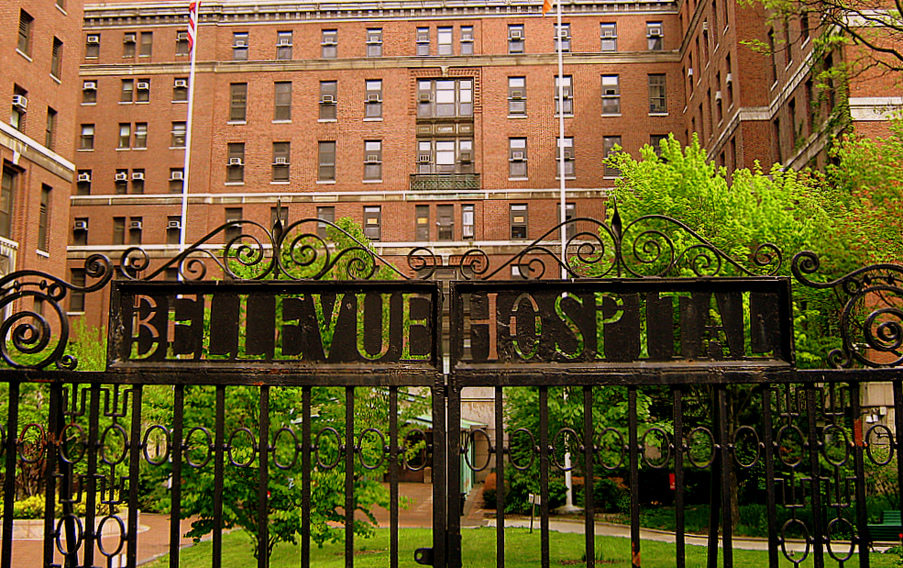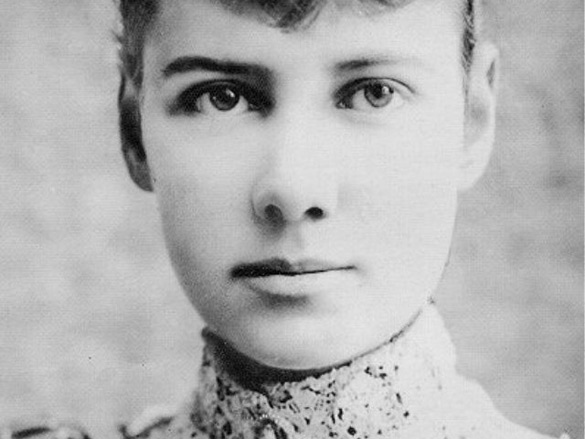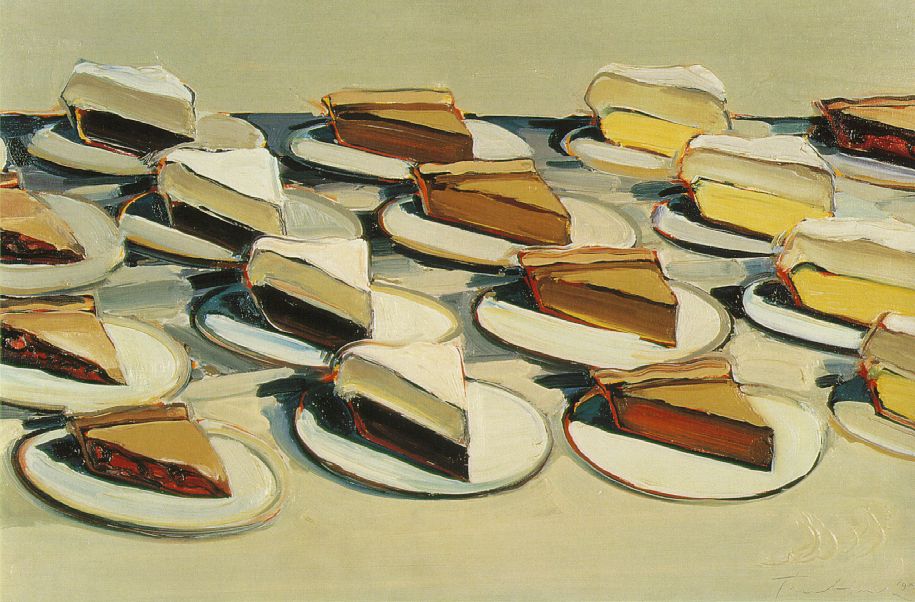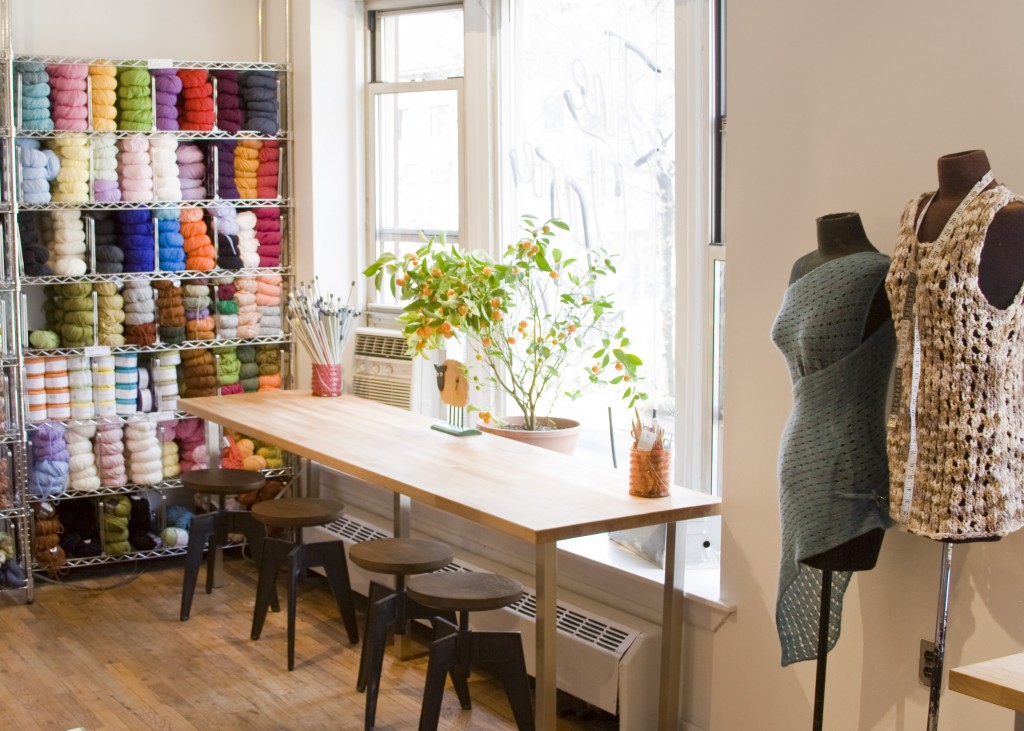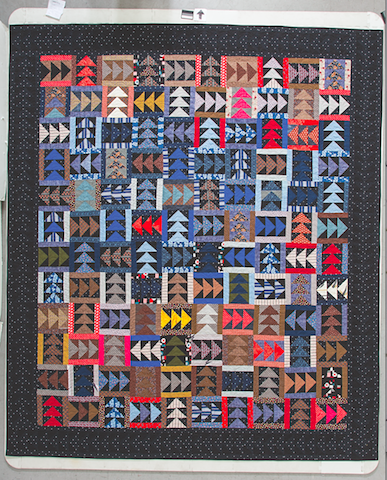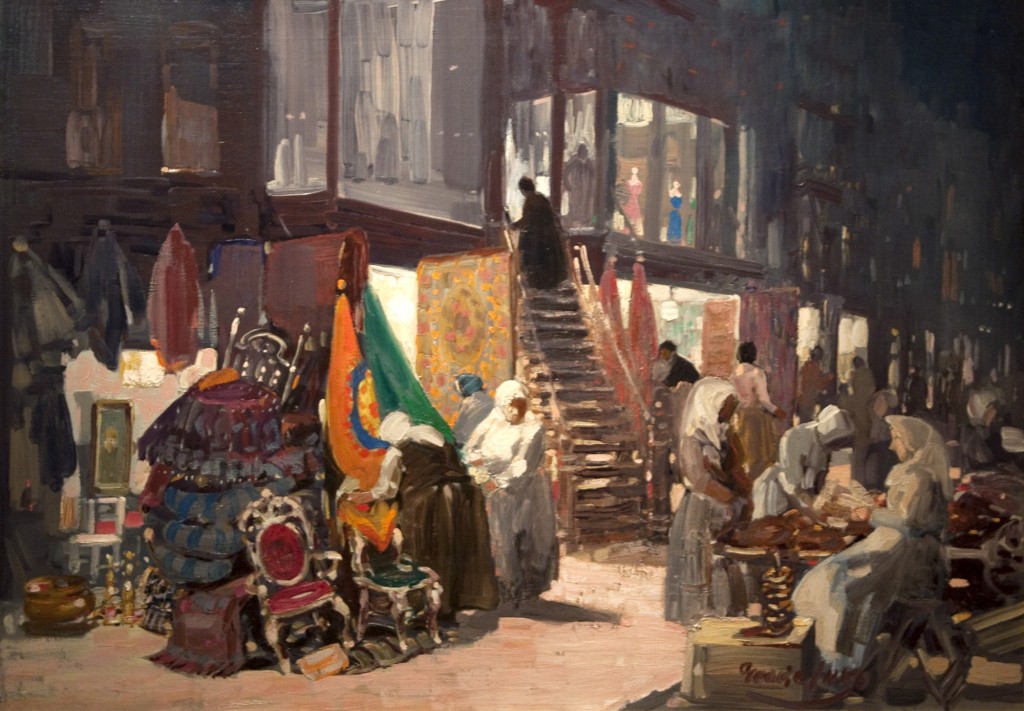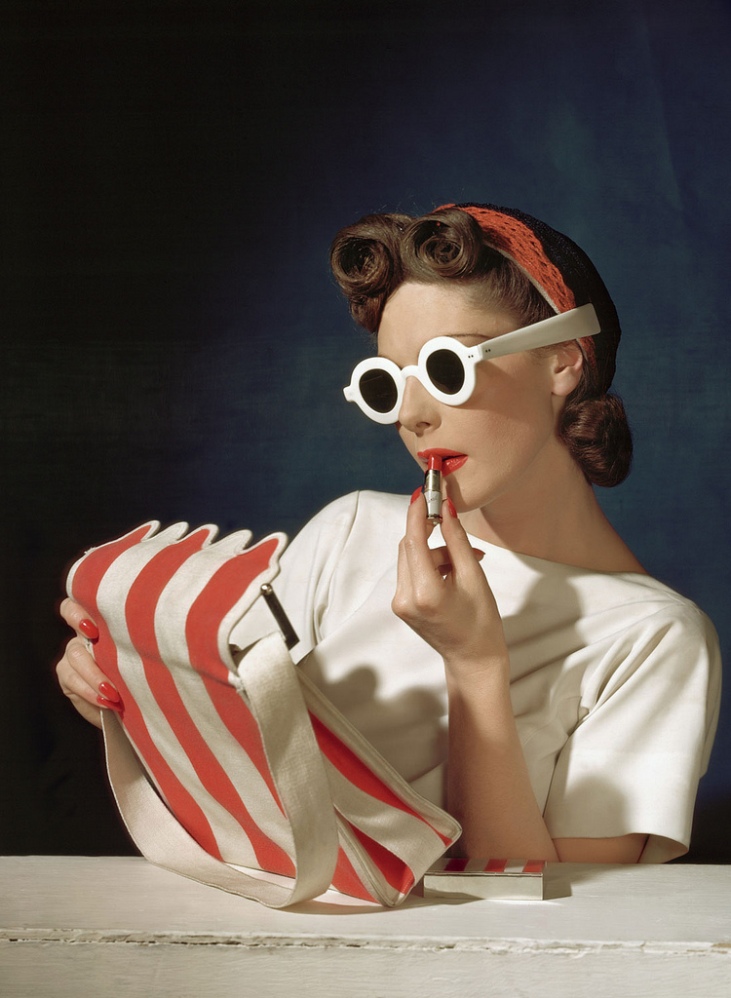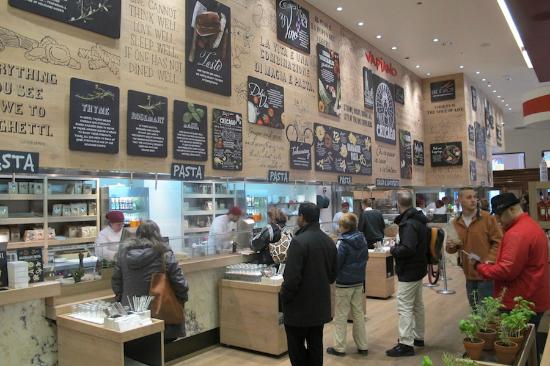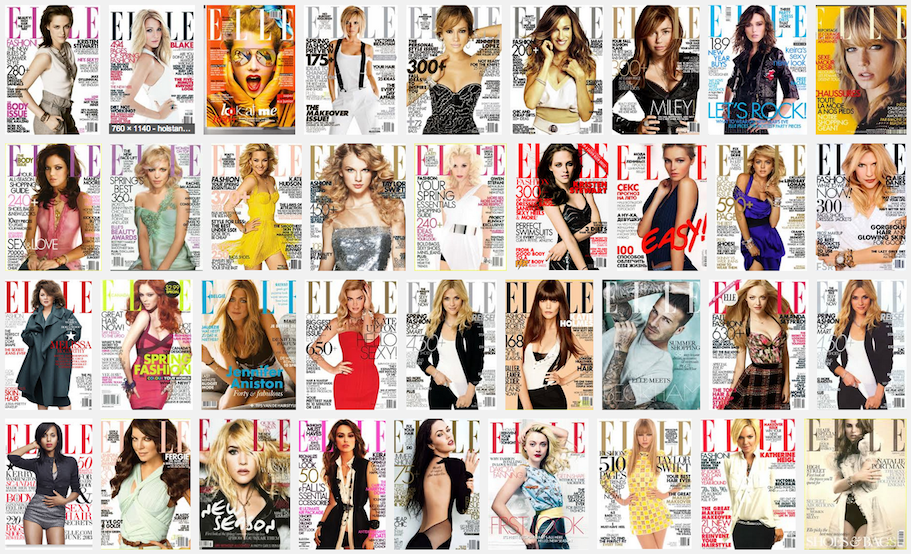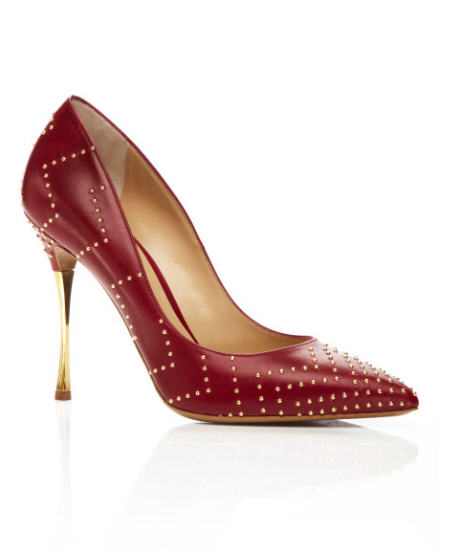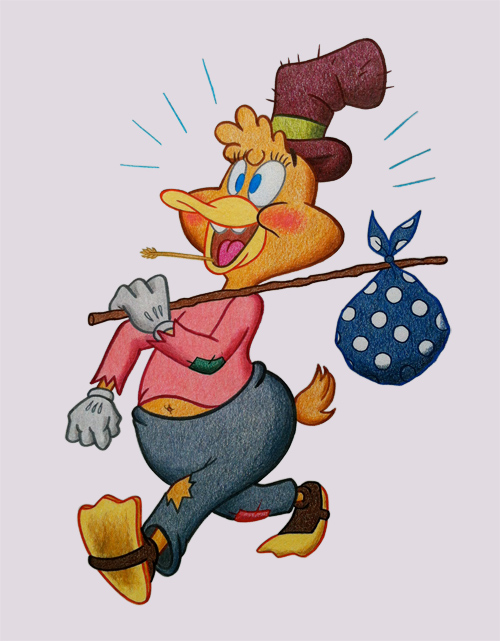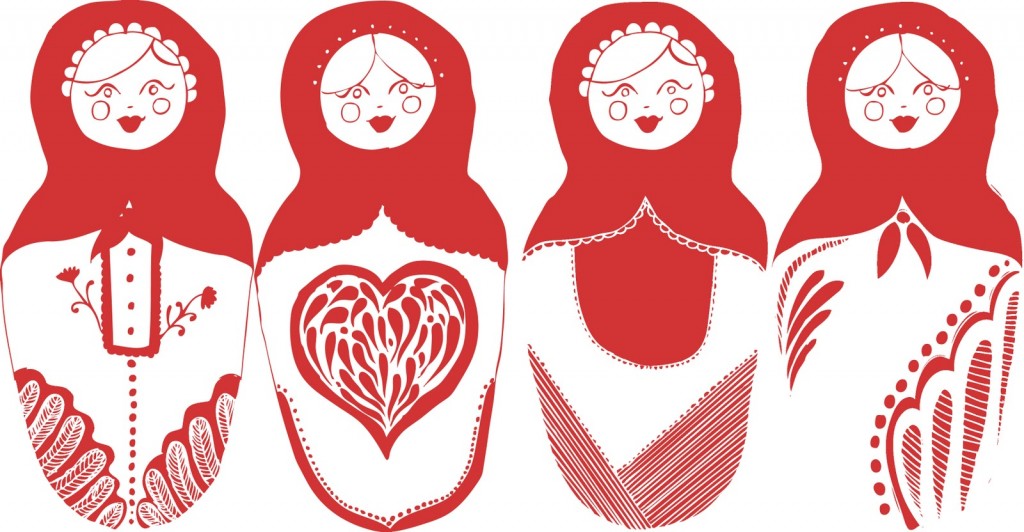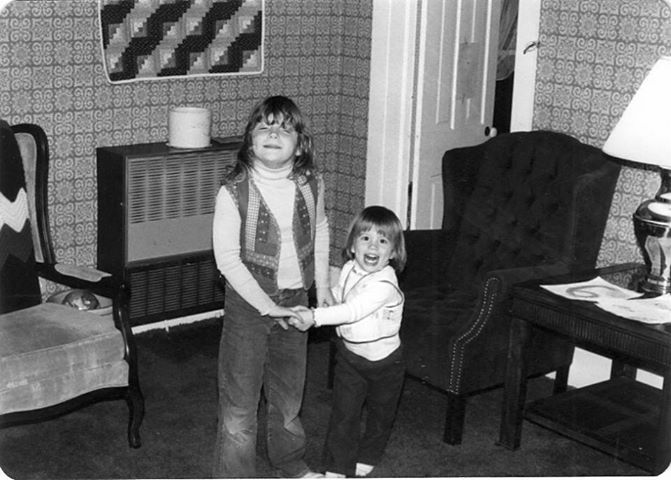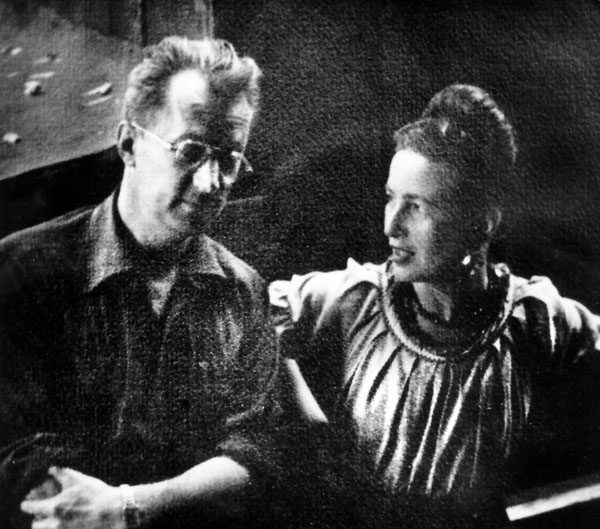
I have a friend who I haven’t seen in a long time.
I have a collection of those, I’m afraid; my track record for “staying in touch” is appalling. Scoff if you like, but this serial inability to keep in consistent contact with people that aren’t in close proximity to me is based in love: Friend A deserve buckets of attention and time; if I can’t give Friend A all of what Friend A should have, I should excuse myself and Friend A can find a Friend B, who is way better at returning calls and text messages. Like, way better.
There’s also the little matter of what I think is a bonafide phone phobia on my part. That’s a topic for another day.
The friend I’m thinking of this morning, we were close for a number of years; we met in college and he moved to Chicago shortly after I did. I found him an apartment in my building; we lived in units separated by the lot in back, almost close enough to string a tin can telephone betwixt our windows, though we never did, we just skibbled back and forth, sometimes in our pajamas. We were together so much, driving in his car, listening to rock n’ roll, working our crappy jobs.* Rent was forever due, it was cold and then it was hot, the laundry room was scary, and there was no nearby train, only a bus stop 1.5 blocks away that you could only get to by walking up a lonesome industrial corridor.
There were two reasons we didn’t slip into acrimony and defeat: 1) we had each other; and 2) we were creating things.
Billy was creating music and a persona; I was creating writing and a persona. Today, Billy is part of a wildly successful band that tours the world and sells out big concerts; I have been living as a full-time writer-performer for almost a decade. We made good, is what I’m saying. And dammit, we knew we’d make it. We knew. Our ability to withstand the bus stops, Comcast, entropy, etc. was due to youth, okay, sure, but also to a shared and indefatigable confidence that we were good enough to scale up, and soon. Oh, and we worked hard. There was that, too: Billy played his guitar whenever he was awake, which was about 22 hours out of every day; I wrote poems on the back of guest checks at the restaurant, wrote in my journal in the coat check room at 4am, and read nine books at once, on average. We were dedicated.
We were intertwined. We were coffee cups, or maybe cream and sugar. We weren’t lovers, but we slept in the same bed a lot. It was kind of a brother-sister relationship, I suppose, except sometimes we’d make out. We were always pretty hot for each other but there was something both of us kept back in order to preserve what was out front. It was complex, it was simple.
Billy told me something once that I hated him for. He said, “Mary, the truth is that I’ll never love a woman as much as I love rock n’ roll.” He was twenty-five and being platitudinous and dramatic, but he was also being honest. I was furious at the time because dude, but today I understand what he meant. His love for music is singular, untouchable; it exists within his bone marrow, shapes his walk and his spine. His love of making music will die with him — not before him or after him, like a partner has to die. Christians talk about agape love, a love distinct from erotic love or emotional affection; that’s what Billy meant about loving music more, or differently, than he could ever love a person.
I feel that way about writing. And I feel that way about Chicago.
Sitting here on my lily pad, I cannot believe my transgressions. New York bewitched me. Indeed, the city may get me in chunks (I have a return ticket even as I write this) and my favorite thing in the world is to get on an airplane. But I can never love a person or another place on this earth like I love this town.
It’s good, as they say, to be home. Yo, Billy; let’s get that drink.
*And I do mean crappy. I was a brunch waitress in Uptown and a coat check girl in two different/terrible nightclubs; he did the graveyard shift at a desk at mental health facility on Western and North Ave.

